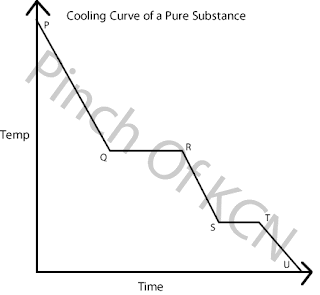
So DENSITY, this word sounds pretty familar...so what exactly is density again?
Density is a property of matter, it is used to measure the heaviness of an object with a constant volume. The closer the particles are together, the denser the object is.
To find Density you must have Mass divided by Volume!!! *D = M/V*
Most common units for Density,
For Solids it should be grams per centimeter cubed (g/cm^3).
For Liquids it should be grams per milliLitre or kilograms per Litre (g/mL, kg/L).
The density of water should be common knowledge:
*1cm^3 water = 1mL of water
*Density of water = 1000 g/L
=1.0 g/mL
If the density of an object is greater than the density of the liquid it is submerged in, it will sink, if the density of an object is lower than the liquid, it will float. This is what people mean by saying "it's so salty you could float a rock in it." Salt makes water denser!And this is how the Dead Sea, aka the Sea of Salt in Hebrew (יָם הַמֶּלַח) seems to "floatify" every object.
Apart from just floating, density also determines the layers in mixtures and suspensions. Denser liquids will sink to the bottom, and lighter liquids float to the top when left still.
An example of the density of aluminum, 135g = 2.7 g/mL
50mL
Since it's getting late already and we all wanted to get a good night sleep, we'll be wrapping up now...
Let us welcome Mr.Lego and his...strange presentation on density.
**Curtain unfolds** "Enjoy the show" - a 60-year-old man's voice pierced through the mist of darkness!







